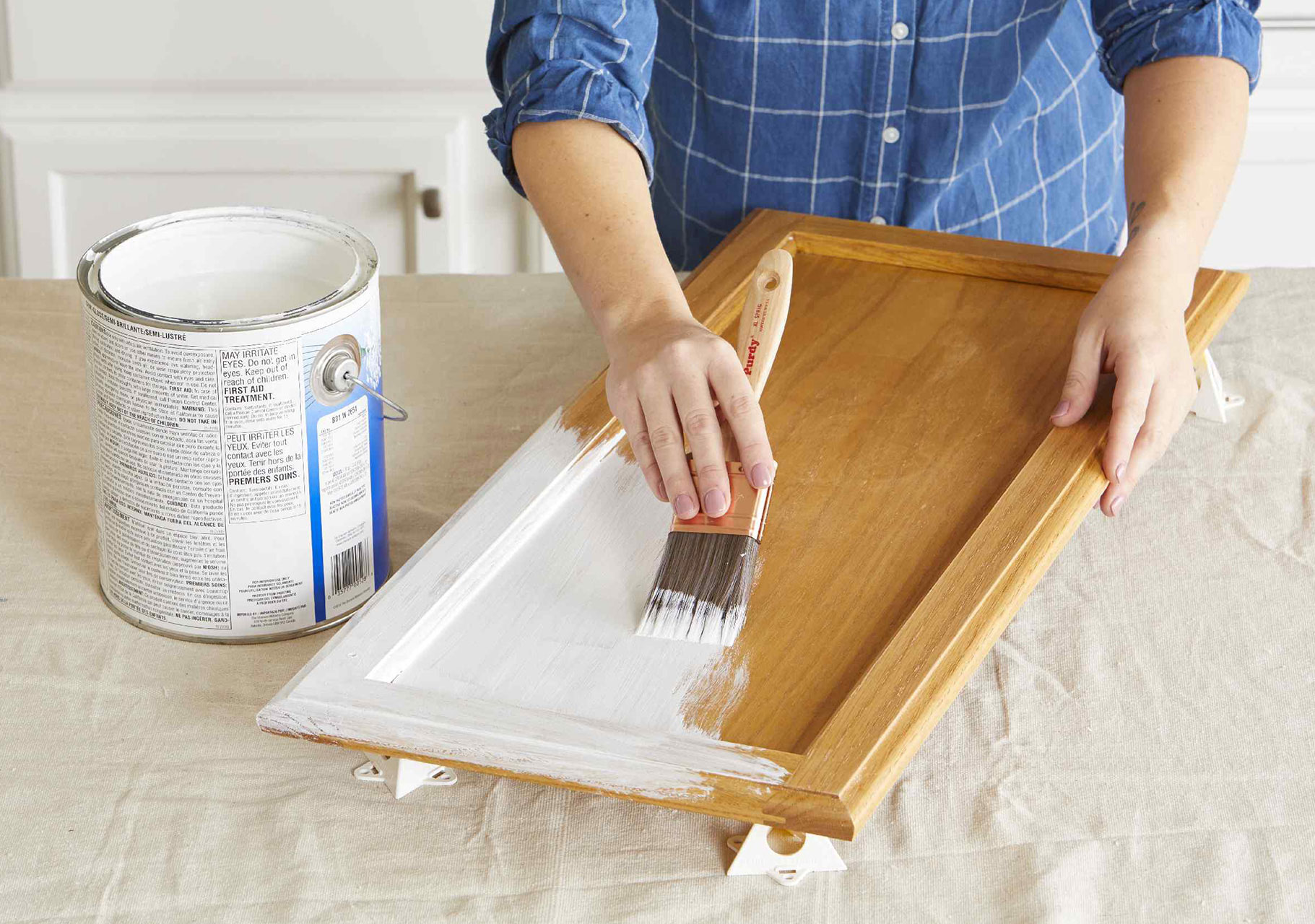How Long Should Primer Dry Before Painting - Painting is an amazing task that can transform the look of your home from dull to visually appealing. However, before you go ahead with painting your home, there is one crucial step that you should never miss - priming. Priming prepares the surface for painting and ensures that the paint adheres more strongly to the surface, giving you a long-lasting and satisfactory finish. In this article, we will discuss everything you need to know about how long primer should dry before painting.
Why is Primer Important?
Before we dive into how long primer should dry before painting, let us first understand why primer is important. Most primers are made of a combination of resin and solvent, which help to seal the surface and provide a smooth base for the paint to adhere to. Priming also ensures that the paint does not absorb differently into different areas, ultimately leaving your paint color uneven. It also helps to block stains and provide a layer of protection to the surface.
So, How Long Should You Wait for Primer to Dry Before Painting?
Primer has to be completely dry before you can start painting. The amount of time primer takes to dry can vary based on several factors like the brand of the primer, the weather conditions, the type of surface, and the thickness of the primer coat. Generally, oil-based primers take longer to dry than water-based ones. However, a good thumb rule is to give your primer at least 24 hours to dry thoroughly.

Is There a Maximum Time Limit for Primer to Dry Before Painting?
While there is no maximum time limit for how long primer can sit before painting, waiting too long can result in the primer becoming too hard and difficult to sand. If your primer has been sitting for more than a week, you should sand it lightly before applying the paint to ensure better adhesion.
What Factors Influence the Drying Time of Primer?
As mentioned earlier, the drying time of primer can vary based on several factors. Let us take a look at some of these factors below:
Type of Primer
There are different types of primers available in the market, and each primer has a different drying time. Oil-based primers take longer to dry than water-based ones as they require a longer solvent evaporation time.
Weather Conditions
The humidity and temperature of the environment in which you are painting can also have an impact on the drying time of primer. High humidity can slow down the drying process while low humidity can speed up the process. Similarly, cold temperatures can also slow down the drying time of primer.

Type of Surface
The type of surface you are painting can also impact the drying time of primer. For example, porous surfaces like concrete or wood tend to absorb more primer, which can make it take longer to dry. On the other hand, non-porous surfaces like metal or plastic tend to dry faster.
How to Speed Up the Drying Time of Primer?
If you are in a hurry and need your primer to dry faster, there are a few things you can do to speed up the process. Let us take a look at some of these tips below:
Use a Fan
If the weather is not too humid, you can use a fan to blow air onto the primed surface to help it dry faster. However, keep in mind that if the air is too humid, this technique may not work as the moisture in the air can slow down the drying process.

Provide Adequate Ventilation
Good ventilation can help to speed up the drying time of primer. It helps to evaporate the solvent in the primer, which reduces its drying time. Ensure that the space where you are painting has adequate ventilation by opening windows and doors or using a fan.
Use a Hairdryer
If you have a hairdryer, you can also use it to help dry the primer faster. However, keep the dryer at least six inches away from the primer to prevent damage to the surface due to the high heat.
Conclusion
Waiting for your primer to dry before painting can be a test of patience, but it is a crucial step that should never be ignored. A properly dried primer will ensure that your paint adheres better to the surface, making it last longer and look better. It is also important to keep in mind that the drying time of primer can vary based on several factors, and you should always refer to the manufacturer's instructions to determine the right drying time for your primer. With the tips and tricks we provided in this article, you can now give your primer the time it needs to dry completely, or help speed up the process if you're in a hurry.
We hope you found this article helpful. Happy painting!
View more articles about How Long Should Primer Dry Before Painting